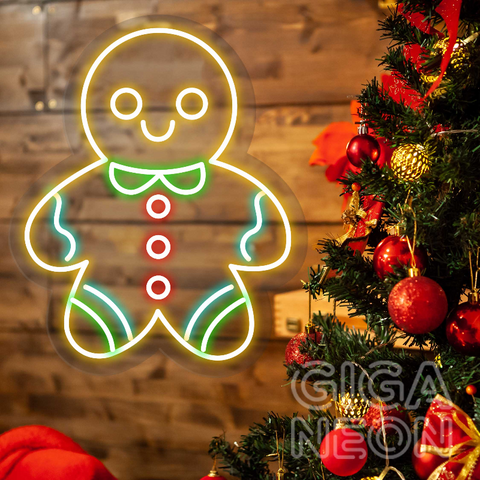When people think of neon signs, they usually think of hot nights, old Hollywood glamour and tropical destinations. But it’s actually a pretty versatile sign that can work just as well in the winter as it does in the summer – especially with the right accessories.

Even though most people associate neon signs with warm climates, there’s no reason why they can’t be just as effective in colder conditions. With a few simple tweaks to your usual setup, you can even help to maintain that cool vibe while keeping yourself nice and cozy indoors.
After all, what could be more quintessentially ‘cool’ than some vibrant neon lights when you’re feeling anything but? To help you get started with your own modifications, we’ve put together a few helpful tips for using these signs in the cold weather.
Make sure your sign is well-maintained

The first step towards keeping your sign in top working order is to keep it well-maintained. You might not think that this is necessary when you’re using a sign indoors, but these are delicate pieces of machinery and they can become damaged if they aren’t kept in good condition.
When your sign is exposed to extreme temperatures, it’s important that it’s always kept within a certain range for optimal functionality. You can check the box your sign came in for the recommended operating conditions, or you can check online for the latest guidelines on neon sign maintenance.
Signs that are regularly maintained are less likely to break down, which means you’ll save yourself the hassle of repairs and the cost of replacing a broken sign. It’s also worth noting that you will likely be required to have your sign inspected by a certified neon sign contractor every few years for safety reasons.
Stay away from harsh lighting

If you’re already using neon lights in your sign, you’re off to a good start when it comes to cold weather tips – but there are a few things you can do to make them even more effective. Whatever kind of lights you’re using, it’s worth making sure that they’re shaded from any direct light sources.
This could be anything from a window to a nearby street lamp – you don’t want the bright light shining through your neon lights and washing out the design. If you have any control over the light sources in your environment, try to direct them away from your sign. Close any nearby curtains so they’re not reflecting off the glass, or invest in blinds if your windows are too close to your sign.
Go for LED lights

As we mentioned above, neon lights are usually best for use in warm temperatures. Cold weather poses a real risk of condensation forming inside the tubing, which can cause your sign to short circuit and break.
To avoid this problem, many people recommend switching to LEDs – but only if you’re using a traditional transformer-style sign. This is because LEDs are designed to function at a lower voltage and produce less heat than neon lights, making them far more suitable for cold environments.
If you’re using an electronic sign, however, there’s no need to make the switch. Unfortunately, most electronic signs are powered at too high a voltage to be compatible with LEDs. This means that your options are much more limited if you’re working with an electronic sign.
